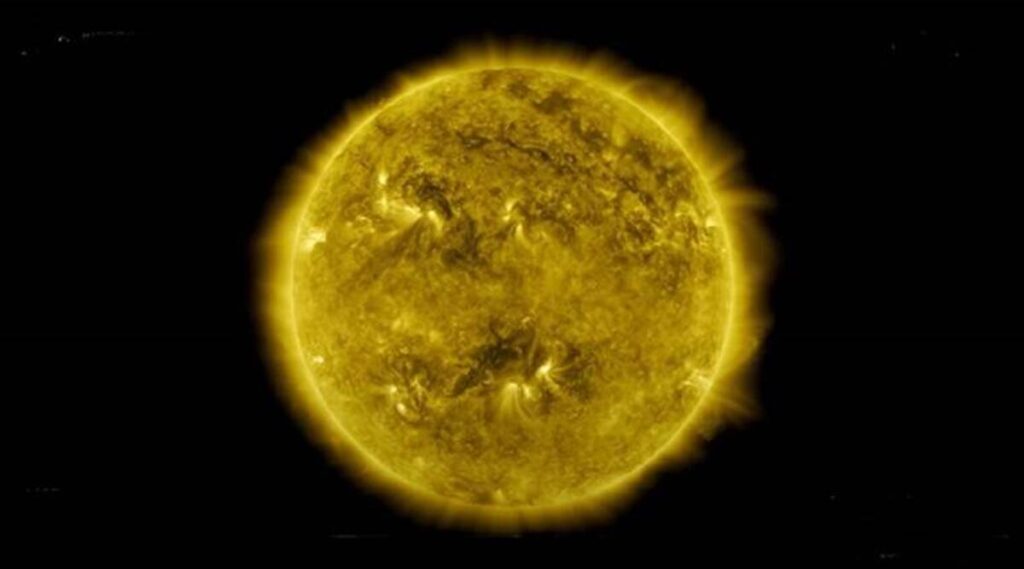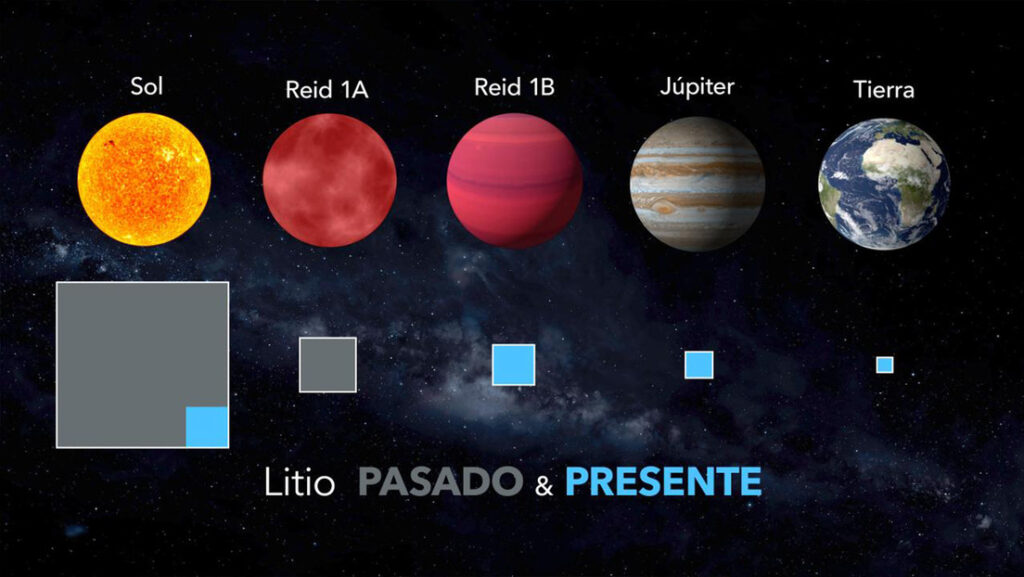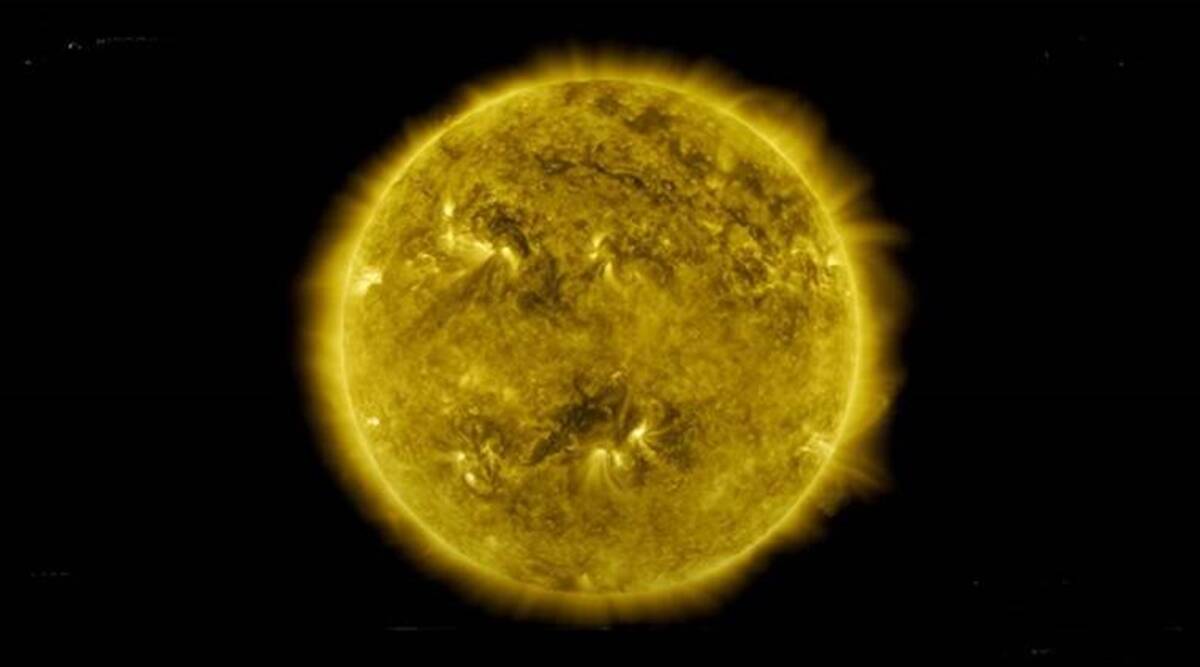Aiming to dig deeper and understand the Sun’s behaviour during these seven decades, a group of scientists at the Indian Institute of Science Education and Research (IISER), Kolkata, has performed one of the longest computer simulations of historical solar activity spanning 10,000 years.

In 1645, the Sun — by then a 4.5-billion-year old star — entered into slumber and nearly stopped producing sunspots. As the Sun continued to remain in this somber phase for the next 70 years, famously known as solar grand minimum, the overall solar activity remained below normal.
Aiming to dig deeper and understand the Sun’s behaviour during these seven decades, a group of scientists at the Indian Institute of Science Education and Research (IISER), Kolkata, has performed one of the longest computer simulations of historical solar activity spanning 10,000 years.
The group has now discovered that even during the Sun’s extreme inactive period between 1645 and 1715, also known as the Maunder minimum, the giant star and its dynamo mechanism never stopped functioning.
The Sun is constantly burning hydrogen to produce helium, and this is known as nuclear fusion. As a giant hot gas ball located at the centre of our Solar System, it is the Sun’s energy that supports life on Earth; its gravity that keeps planets and stars intact. Any changes on the solar surface or its periphery, even by a minor measure, can affect the Earth’s atmosphere and space weather. Powerful solar storms and solar flares are potentially harmful to Earth’s satellite-based operations, functioning of power grids and navigational networks. While there is limited historical observational data of the Sun from the past, the researchers at Centre of Excellence in Space Sciences, India, (CESSI), IISER, Kolkata, used computational models to understand how this star has behaved over 10,000-years-long timescales.
Constant churning of electrically charged particles known as plasma in the Sun’s interior produces the Sun’s magnetic field through a process known as the solar dynamo mechanism. In turn, this produces the 11-year-long solar cycle. Once in every 11 years, the Sun’s magnetic north and south poles reverse their polarity. During every such cycle, the solar activity waxes and wanes and so does the appearance of sunspots (regions of super strong magnetic fields on the Sun appearing as dark spots)
“During grand minima years, the magnetic field production in the Sun’s convective zone weakens due to turbulent fluctuations reducing the Sun’s ability to produce sunspots,” Professor Dibyendu Nandi, head of CESSI, told The Indian Express.
“But absence or fewer sunspots did not mean that the 11-year solar cycle completely switched off,” said co-author Sanghita Chandra, formerly an undergraduate student at IISER Kolkata and currently pursuing her doctoral studies at the Max Planck Institute for Solar System Research, Germany.
Instead, their research found that the Sun’s internal solar cycle “clock” kept ticking. Their findings, published in the Monthly Notices of the Royal Astronomical Society Letters, links this clock with the meridional circulation – a large-scale river-like flow of plasma inside the Sun.
“Based on our computer simulations, we believe that the meridional circulation continues during grand minima in solar activity, contrary to some previous views. This circulation acts like a timekeeper and still keeps a weak cycle going inside the Sun during quiet (minima) phases,” said Chitradeep Saha, lead author and a third-year PhD student at IISER, Kolkata. Studying such enigmatic events in the Sun required intelligent computer modeling and challenging data analysis spanning thousands of years of simulated solar activity data.
Recent Posts
- Astronomers detect first direct image of black hole expelling a powerful jet
- WhatsApp rolling out ‘reply with message’ feature within call notifications
- Multi-Device Pairing May Be Arriving for Apple Watch this Year
- Artificial Intelligence Discovers Hidden Giant, a Planet 5 Times Larger Than Jupiter
- Google CEO Sundar Pichai Talks Bard & The Future Of Search
Recent Comments

Astronomers detect first direct image of black hole expelling a powerful jet

Artificial Intelligence Discovers Hidden Giant, a Planet 5 Times Larger Than Jupiter

Scientists explain melting of Antarctic ice sheet dating back 9,000 years

An Unexpected Discovery: Hubble, ESA's Gaia Spot Double Quasar That Existed Over 10 Billion Years Ago

Astronomers detect first direct image of black hole expelling a powerful jet

WhatsApp rolling out ‘reply with message’ feature within call notifications

Multi-Device Pairing May Be Arriving for Apple Watch this Year


